Note: This article originally appeared by Oliver Sheppard at Souciant.com, here.
Record labels are a funny thing. Just like bands, they can be objects of cultish devotion. Factory, Dischord, 4AD, Rough Trade, and others all have fans who look to a label’s branding as an indication of a band’s style, ethics, and quality. This goes back to the days of Sun Records in the 1950s. Crass Records‘ reputation as a purist punk label is due for reexamination.
While an artist’s appearance on a label like Alternative Tentacles or SST can work to its advantage — it associates them with the credibility and excitement of a certain scene or milieu — some labels can acquire a reputation that works against their best interests. Witness the lesson of punk label Epitaph, and what happened to it in the 1990s. Originally started as a way to release records by Bad Religion, the formerly sterling imprint — once regarded as a peer with other hardcore labels like Touch & Go — by 2001 had become known as the place “where good bands go to die.”
The Humpers, Turbonegro, and the New Bomb Turks — all excellent punk bands at some point during the 1990s — adopted a mysteriously more slick sound once Epitaph got their hands on them. The label’s dizzying commercial success with The Offspring and Rancid lead Epitaph down a path of mall-punk commercialization that has blighted its reputation to this day, unfairly affecting the reputation of many legitimately great bands that continue to appear in its catalog.
And then there’s Crass Records. Although Crass Records never “sold out” the way Epitaph seemed to in the 1990s, it is afflicted with a similar image problem. One persistent perception, for example, is that Crass Records was a haven for 2-dimensional, snarling, spiky haired punk bands of the Chaos UK variety. In reality, the label’s catalog is much more complicated. Crass and its side imprint, Corpus Christi, featured a diverse array of industrial, electro-punk, deathrock and postpunk bands. Indeed, a few years ago, Penny Rimbaud proclaimed in an interview that he never wanted Crass Records to simply put out “endless bloody thrash music, which I find boring.”
What follows is a brief overview of fifteen postpunk and experimental releases put out under the Crass Records banner.
1.) Crass: The very first release on Crass Records isn’t a punk record so much as an avant-garde, apocalyptic soundscape. The title track, 1978’s “Reality Asylum” is straight-up dark ambient. Make that menacing, demonic, and dark ambient. “Reality Asylum” has more in common with British experimentalists Throbbing Gristle, Nurse with Wound, and Dogs Blood Rising-era Current 93 than with late ’70s punk like The Ruts. Record plant workers refused to handle their Feeding of the 5000 LP on Small Wonder that had this track on it, deeming it too blasphemous. It still sounds like a psychedelic voyage through hell. More on Crass later. Here’s the track that kicked it all off:
2.) Poison Girls: Like Crass, the Poison Girls started out on Small Wonder Records. Poison Girls later formed their own label, Xntrx. Singer Vi Subversa would go on to form a kind of avant-garde cabaret act after the band’s breakup, but hints of the cabaret style can be heard already in Poison Girls’ excellent “Real Woman.” The first track I ever heard from the Poison Girls is “Persons Unknown,” a more traditional punk song, except with a slightly creepy feel. I’ve been in love with Vi Subversa’s voice ever since I heard it in that song; her vocals were cackling and creepy — downright witch-like, even. Some of my favorite female vocalists have this same quality to their vocals: Dinah Cancer of 45 Grave, Diana Ghoul of The Skabs; and Veronica Lipgloss of Veronica Lipgloss and the Evil Eyes.
3.) Hit Parade: The project of Irishman Dave Hyndman, Hit Parade began as a one man, Screamers-esque synthpunk band. While still on Crass, Hyndman took Hit Parade into a more explicitly new wave direction; he even made a dance remix of one of their songs. The “Plastic Culture” 12″ is sure to shake anyone’s paradigm — along with maybe a booty or two? — as to what a Crass Records release “should” sound like. In fact, it veers dangerously close to crude EBM territory. Hit Parade are solid electro-punk, not to be confused with at least two other bands of the same name. Check out the Bad News EP and the “Plastic Culture” 12 inch:
4.) UK Decay: UK Decay are one of 3 or 4 bands who could legitimately stake a claim to being the godfathers of British goth and/or deathrock. And, yes, Crass released them via their Corpus Christi imprint in 1982 — specifically, the 4-song “Rising from the Dread” (sic) EP, which contains the songs “Werewolf,” “Testament,” “Jerusalem Over,” and “Rising from the Dead.” UK Decay were the first band to be called “gothic punk,” and the band didn’t object to the label. Their 1981 For Madmen Only LP is a classic of British gothic rock.
5.) Lack of Knowledge: Lack of Knowledge were basically Joy Division worshippers on steroids. Actually they were a grey-dress-shirt-and-black-tie wearing postpunk band, who, along with The Mob, unfairly bear the curse of Crass: Bands that are impolitely glossed over because of their association. If Lack of Knowledge had been on 4AD (one of the few UK indies of Crass Records’ generation to still be in business,) there’s no doubt that they would be regarded as one of the great ’80s postpunk bands. 1983’s Grey 7″, on Crass Records, is essential. Corpus Christi released their Sirens Are Back LP in 1985.
6.) D&V: “D&V” stands for “drum and vocals.” They were a minimalist industrial/electronic duo from Sheffield, “the birthplace of electronic pop,” home to Cabaret Voltaire, Human League, and Artery. Yes, purist minimal industrial, with samples and tape loops, plain and simple — and catchy. Crass put out both their Nearest Door EP in 1983 and their self-titled LP in 1984, from which the following track comes:
7.) The Cravats: While Brian Eno was recording the no-wave jazz funk punk of James Chance and the Contortions in New York City, The(o) Shend and crew were mixing up their own avant-garde jazz punk on the other side of the Atlantic as The Cravats. Like Crass and Poison Girls, The Cravats began on Small Wonder; they had a few releases on Crass Records and one on Crass’s Corpus Christi imprint as The Very Things, who were the successor band to The Cravats, emphasizing the Cravats’ tendency towards arty weirdness. The Cravats recorded “Rub Me Out” for Crass in 1982:
Staying with the Cravats for a second, check out this earlier release (not on Crass Records.) It sounds like something Brian Eno and David Bowie might have cooked up during Bowie’s Low era:
8.) The Very Things were, as noted, basically a continuation of The Cravats. As weird, if not weirder, than their predecessors, The Very Things released The Gong Man 7″ on Corpus Christi. Dadaist, schizophrenic, experimental postpunk. All the tags fit:
9.) KUKL: Most people forget that Bjork got her start on Crass Records with her postpunk/goth/weirdo band from Iceland, KUKL, which means “withcraft.” KUKL were a favorite of latter-day Crass Records (1984-1985). Their two LPs, The Eye (supposedly named after Georges Bataille’s The Story of the Eye) and Holidays in Europe, are both on the Crass imprint proper. As most know, Bjork and others in the band would go on to form the successful alt-rock band The Sugarcubes, and Bjork has a successful solo career to this day. Here’s a track off KUKL’s first LP:
10.) Andy T: In 1982, Crass released Andy T(horley)’s Weary of the Flesh EP, a release that deserves a spot in the annals of early experimental ambient electronic music. Andy T was and is a poet, and the EP consists of his spoken word dialogue set against an eerie soundscape provided by Penny Rimbaud. Andy T’s release deserves consideration as an addition to the noise/experimental industrial genre of bands like Whitehouse and the Broken Flag milieu of experimental electronics bands, and/or alongside the punk poetry of John Cooper Clarke.
11.) The Mob: While The Mob consider themselves to be a purist punk band (but not to be confused with the New York hardcore outfit of the same name,) straight out of rainy England (Yeovil, specifically.) Often mopey and introspective (“I Wish,”) The Mob have yet to get their day in the sun, although that is slowly changing, as their recent reunion tours have been wildly popular. The band’s introspective lyrics still resonate powerfully. The association between Crass and The Mob is so strong that some people find it remarkable to be reminded The Mob only released one 2-song EP (No Doves Fly Here) for Crass Records.
12.) Annie Anxiety: Annie Anxiety’s presence on Crass and Corpus Christi Records reminds us of the avant-garde roots of the band Crass itself. Crass, it should be remembered, formed from the ashes of the experimental ensemble band Exit, who utilized multiple instruments and vocal techniques in unusual ways finely detailed in George Berger’s The Story of Crass. Annie Anxiety’s 1981 “Barbed Wire Halo” EP is a galloping, clambering, multi-instrumental affair that is postpunk in perhaps the purest and most ambitious sense. The closest sonic relatives are somewhere between Bjork’s KUKL and Diamanda Galas. Later Annie Anxiety would go by the name “Little Annie.”
13.) Rudimentary Peni: Are Rudimentary Peni postpunk? Are they deathrock? Anarcho-punk? Hardcore punk? What are they, exactly? After two fast and thrashy EPs on Crass Records, Rudimentary Peni shifted over to the Corpus Christi imprint and released the cathedral-like Death Church LP, a masterpiece of dark punk that reached #3 in the UK indie charts of 1983. The band, which is still going, caught the interest of the deathrock crowd after Death Church, and Peni cemented that position with their sprawling 1987 HP Lovecraft tribute LP, Cacophony (which was not on Crass or Corpus Christi, it should be noted). Rudimentary Peni used earnings from Death Church to help release the EP of closely related deathrock band, Part 1.
14) Sleeping Dogs: San Francisco’s arty, dissonant, trudging, no wave-y Sleeping Dogs made a quirky and angular showing on Crass Records in 1981 with the 3-song Beware EP. American art-punk on Crass; in fact, US hardcore juggernaut MDC is the only American band besides Sleeping Dogs to have a release on Crass. The Sleeping Dogs are often compared to early Swans, and later San Francisco duo Blectum from Blechdom:
15.) Back to Crass: Crass themselves had much more of an experimental sound than they’re usually given credit for. Relatively few of their songs rely upon three-chord/power chord riffing in the traditional Ramones/Dead Boys sort of vein. Penny Rimbaud’s drumming is almost a constant rat-a-tat-tat of martial snare — fairly unique in the annals of punk beat making. Most songs do not follow the standard verse-verse-chorus-verse-
There are a few bands I decided to leave off this list. With good reason. For example, were Zounds postpunk? No. Their sound can be compared to Gang of Four in some ways, but they’re also very similar to the Adverts and early Alternative TV, pure punk bands, period. The classical vocalist Jane Gregory also had a release on Crass Records in its later days — this could be considered post-postpunk, I suppose…but in reality, aside from the record label, there’s not much punk about Gregory’s showing. Of course, this opens up a huge can of worms about how we define ‘punk’ or any of its subgenres, such as postpunk. The point is that stylistically, Gregory had zero in common aesthetically with anything on the Crass label.
Additionally, it’s worth noting that several bands that are often thought of as “Crass bands,” or which were somehow in the same anarcho-punk milieu, never actually appeared on Crass or their side-label, Corpus Christi (save for maybe an appearance on a Bullshit Detector compilation, that is.) These bands include Rubella Ballet, Lost Cherees, Part 1, Null and Void, The Astronauts, The Apostles, Hagar the Womb, Sears, Chumbawamba, and others. Again, I’m talking about EP, single, or LP appearances on Crass Records or Corpus Christi, not appearances on compilations. The fact that such groups appear indistinguishable from the Crass label, in hindsight, says a great deal about what Crass Records represented culturally, about its era.
Photograph courtesy of RHiNO NEAL. Published under a Creative Commons license.



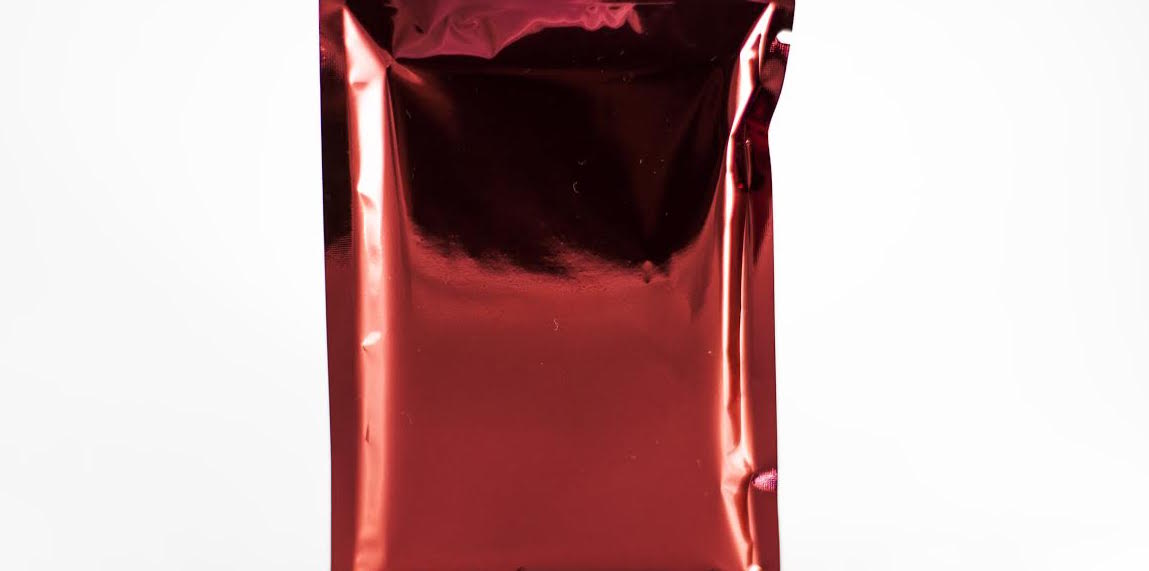
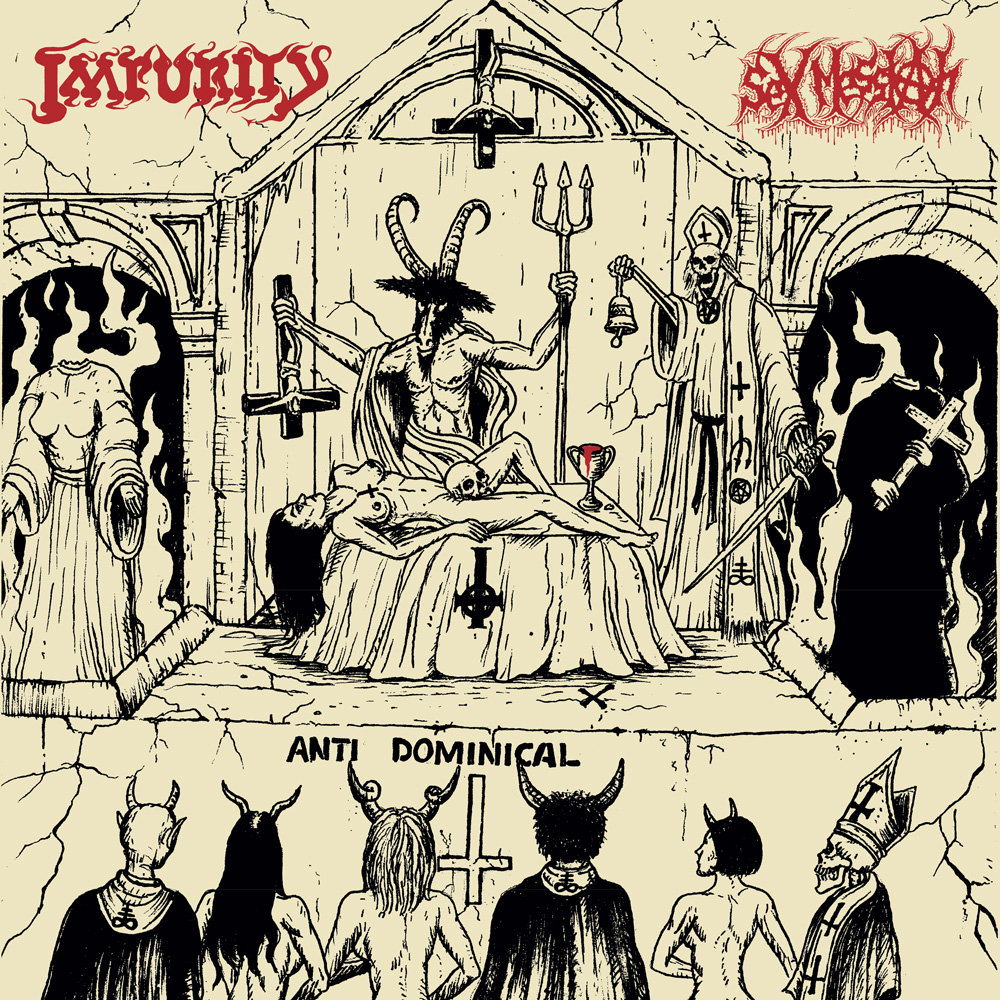

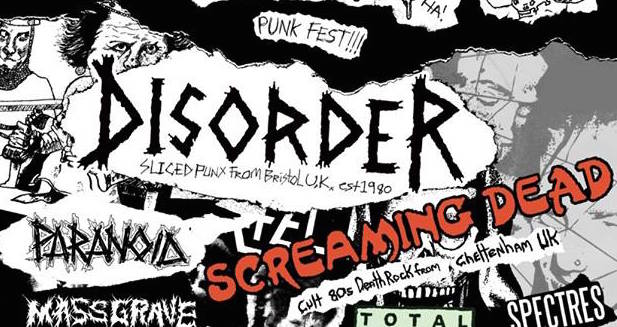

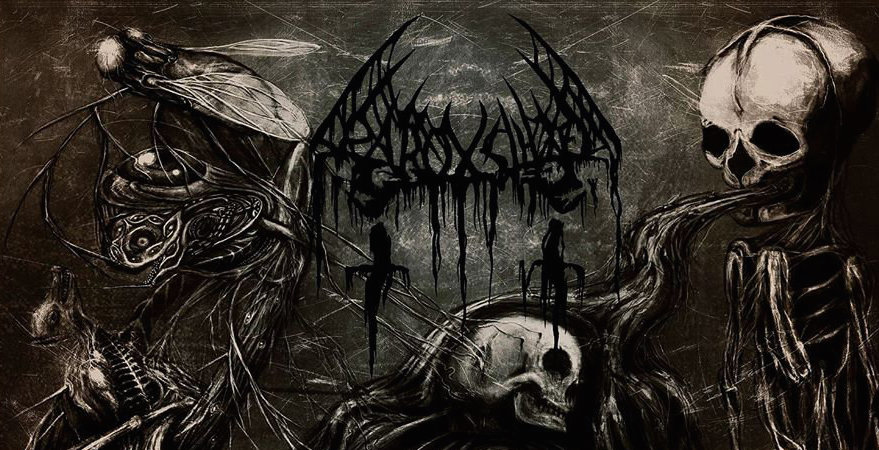
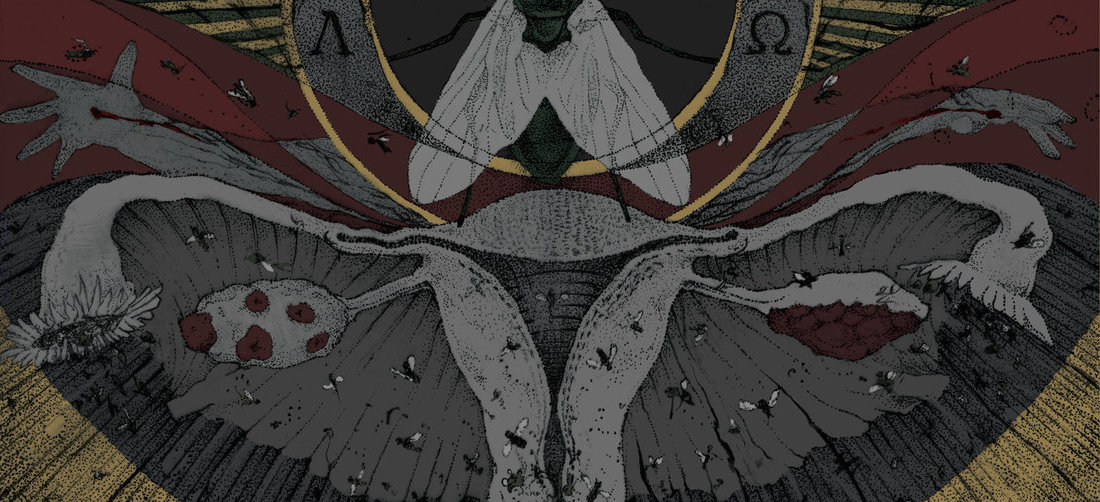
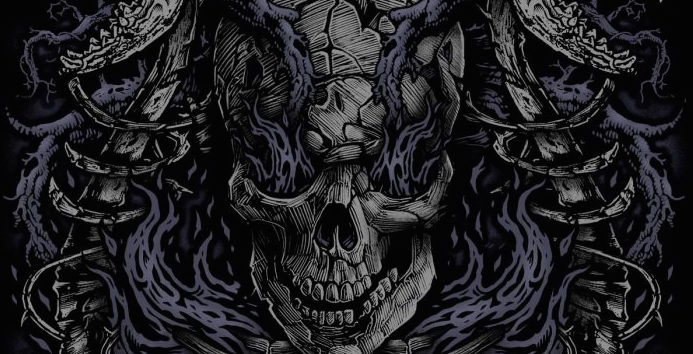
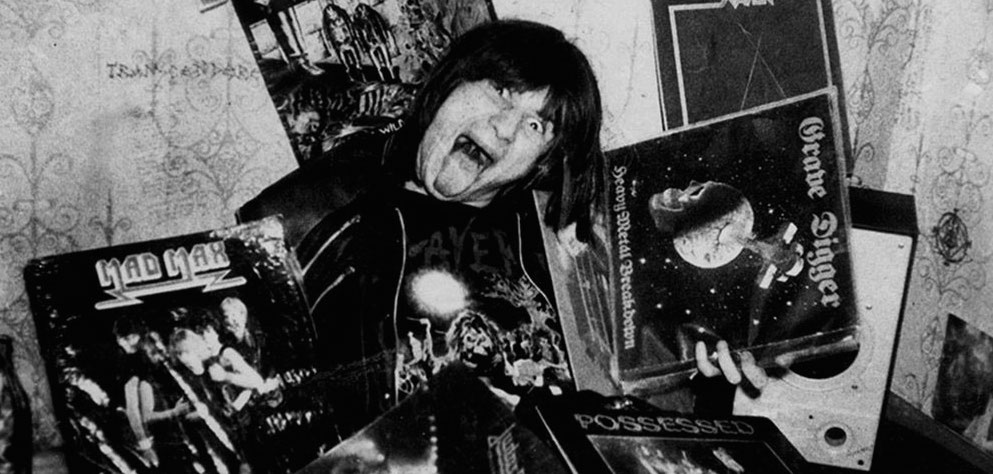
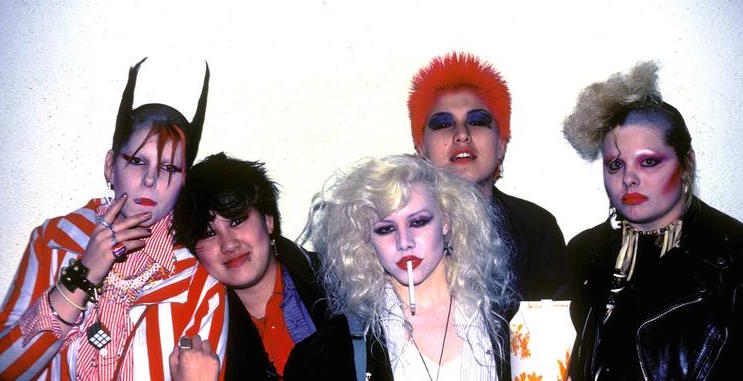
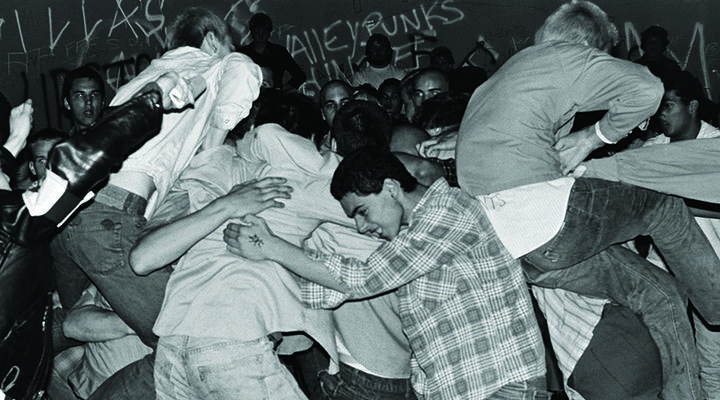


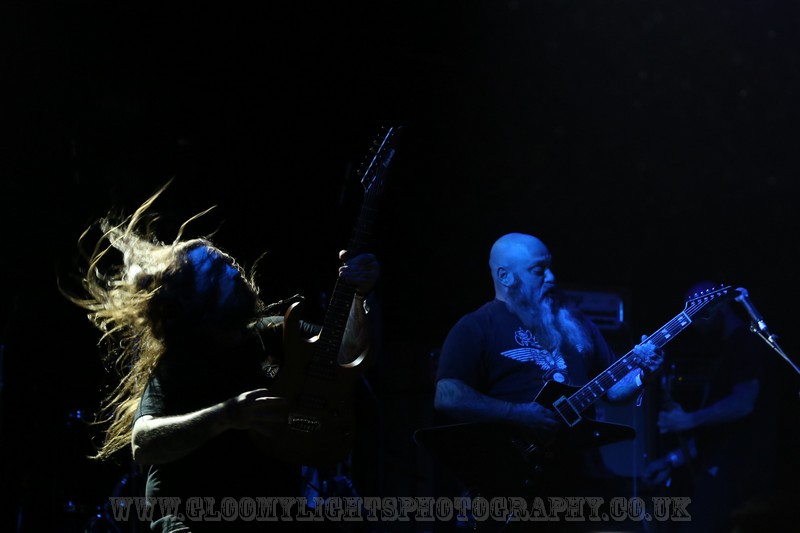


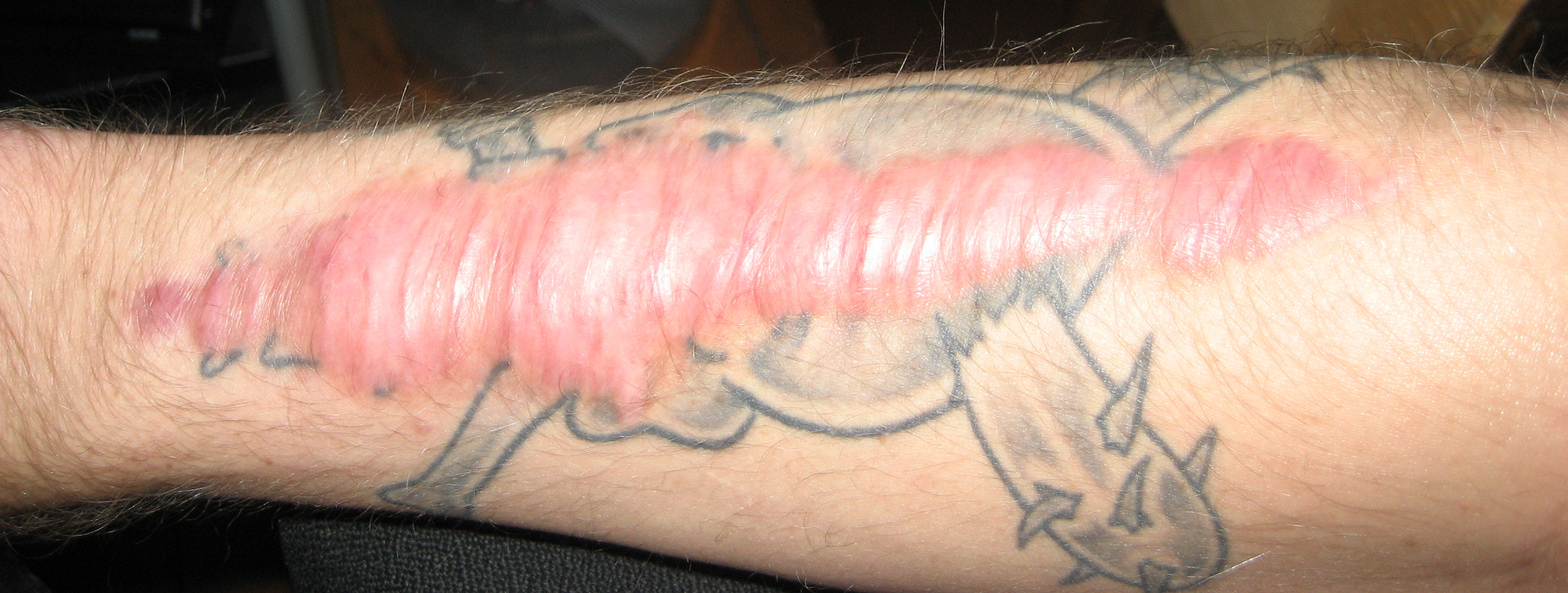
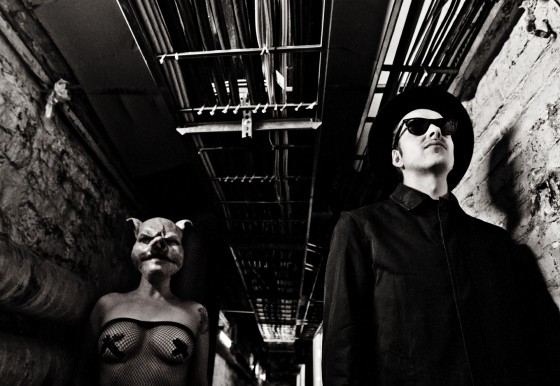
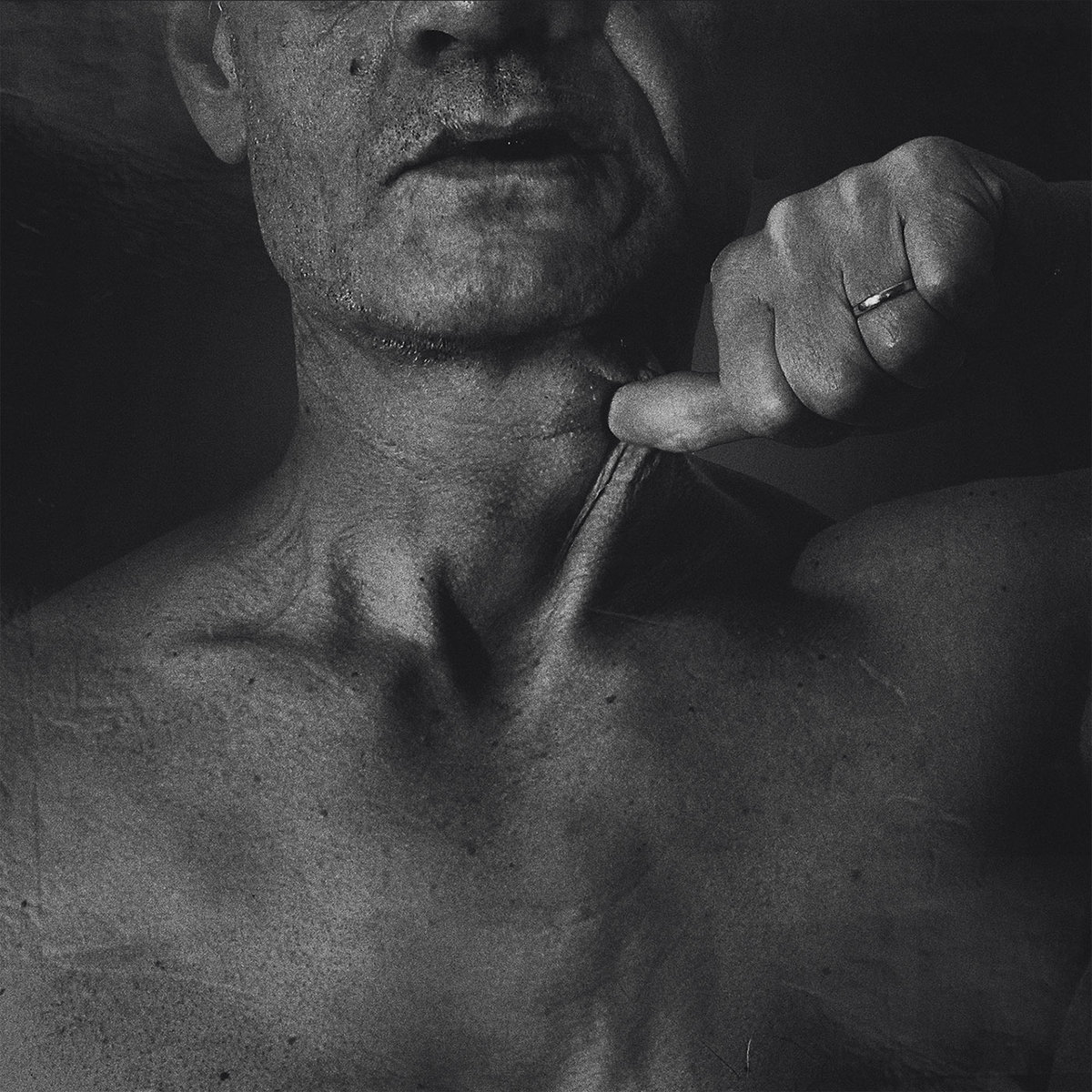

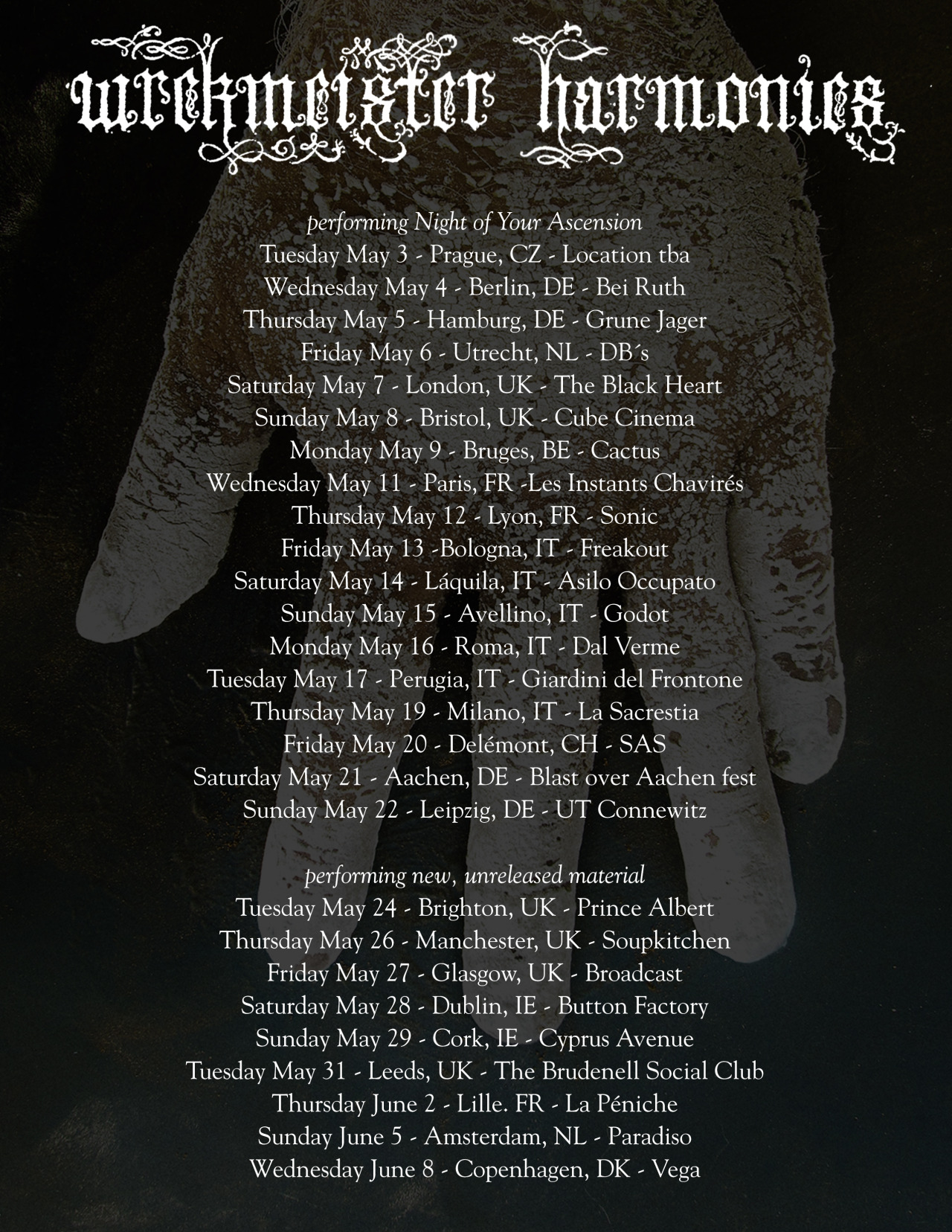
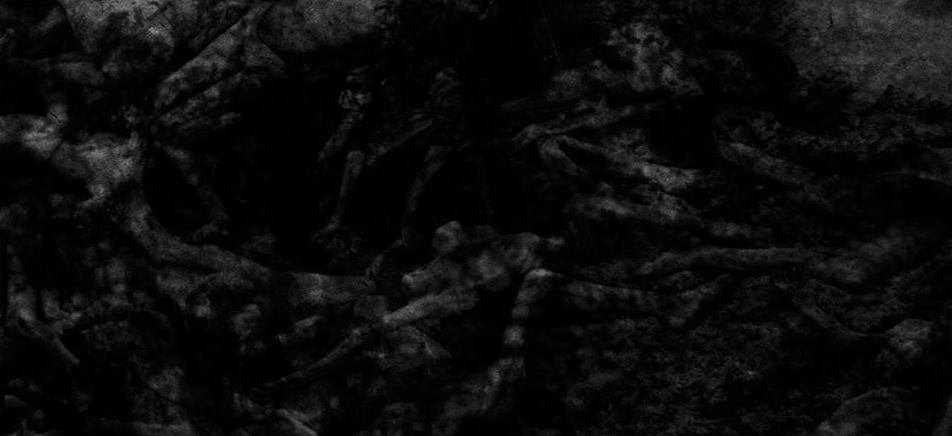

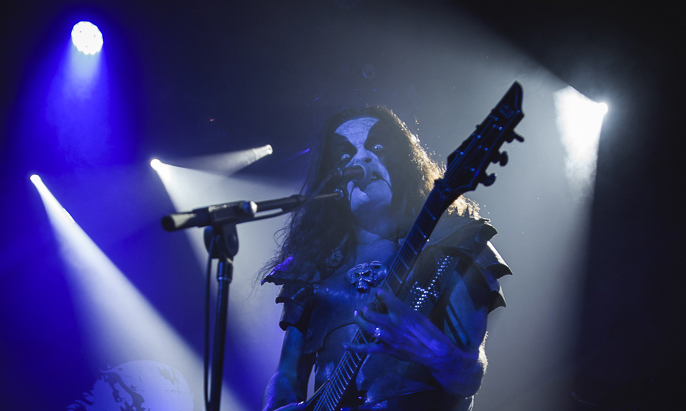

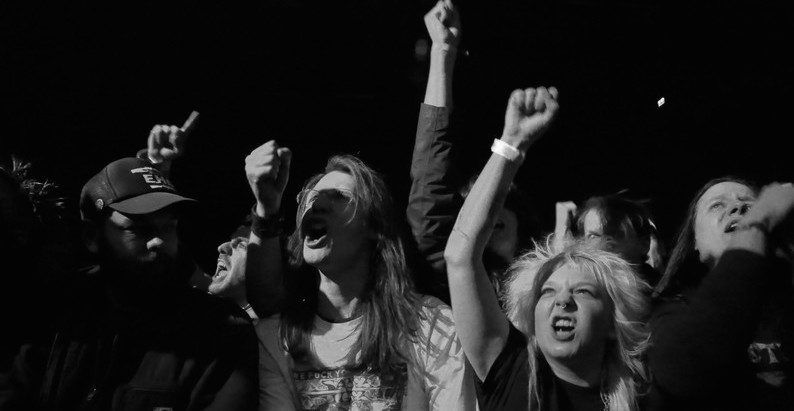
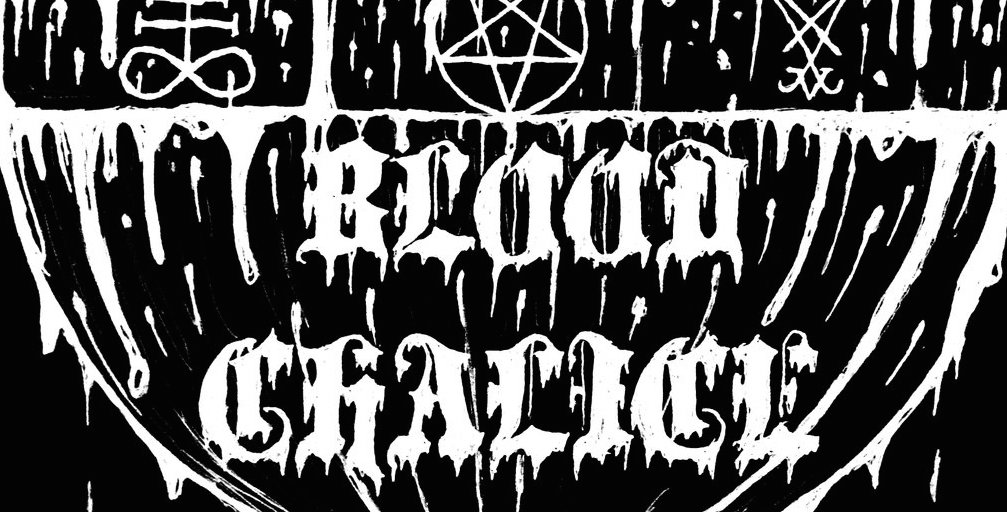
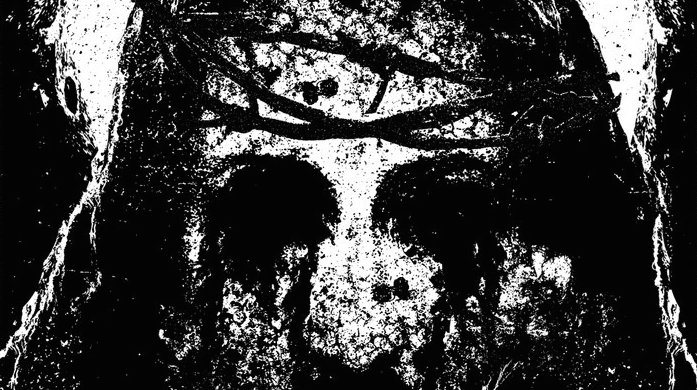
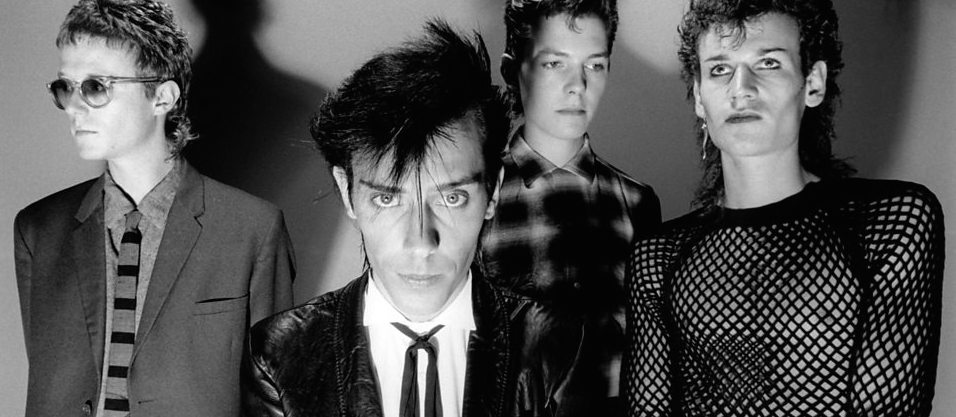


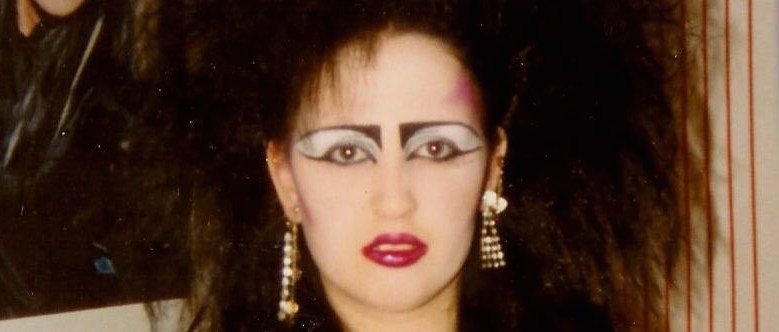
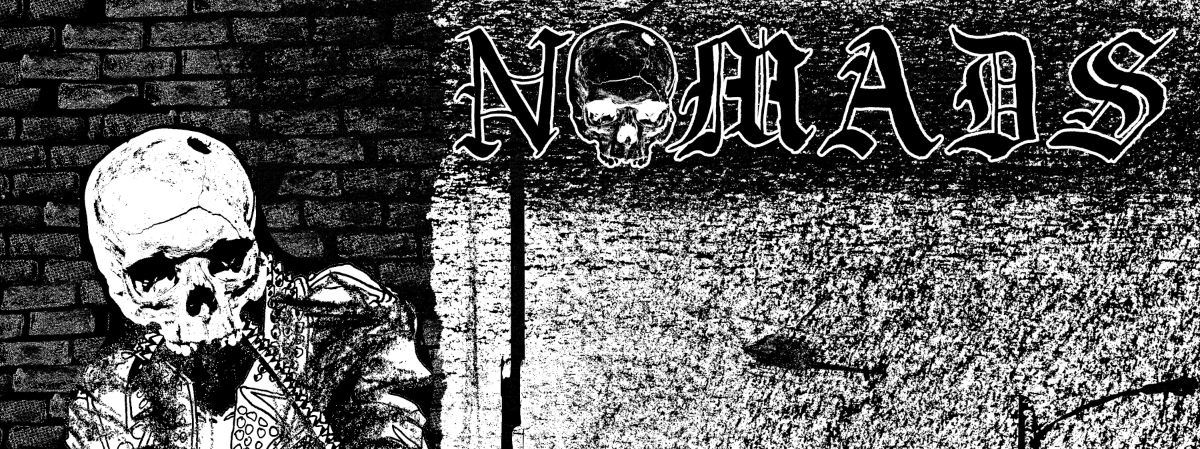
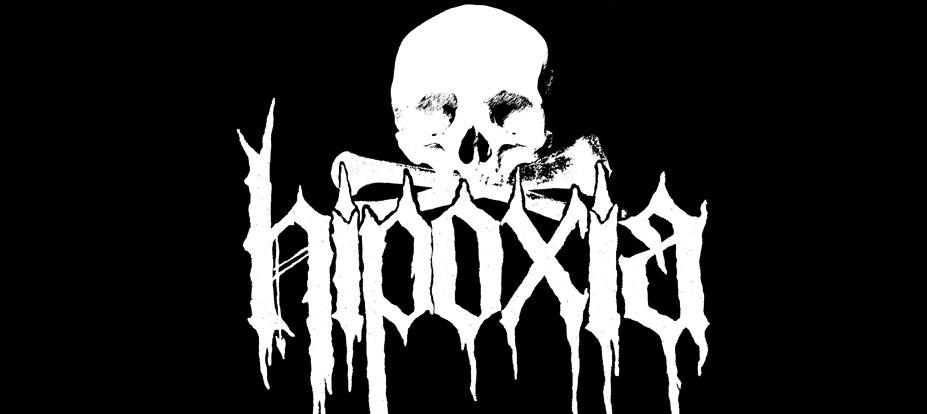
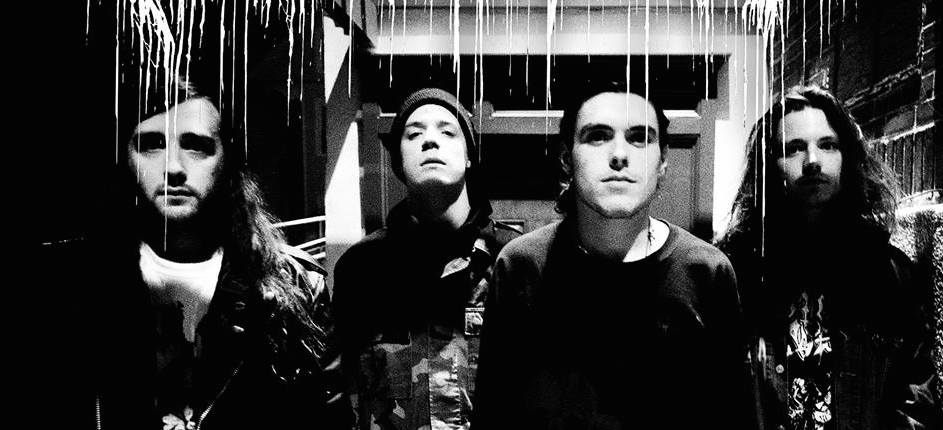
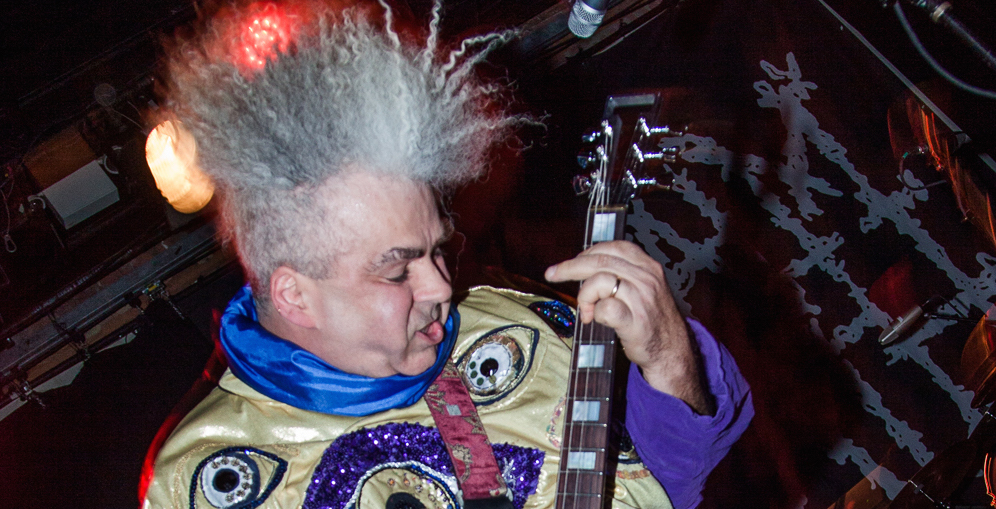

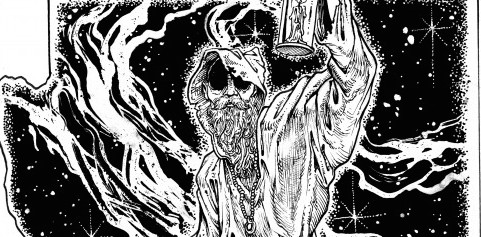
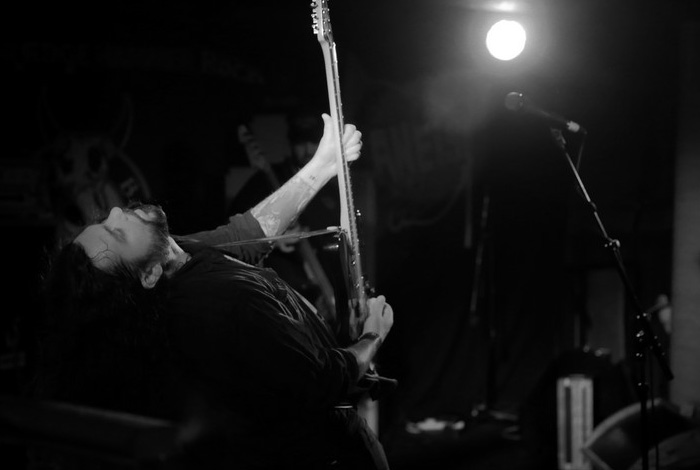
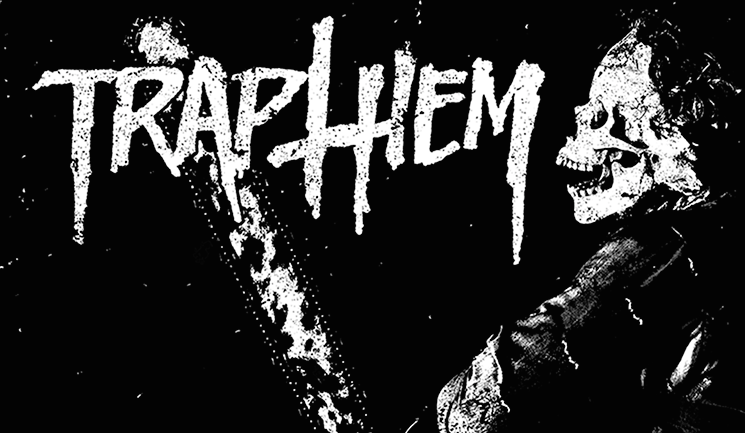

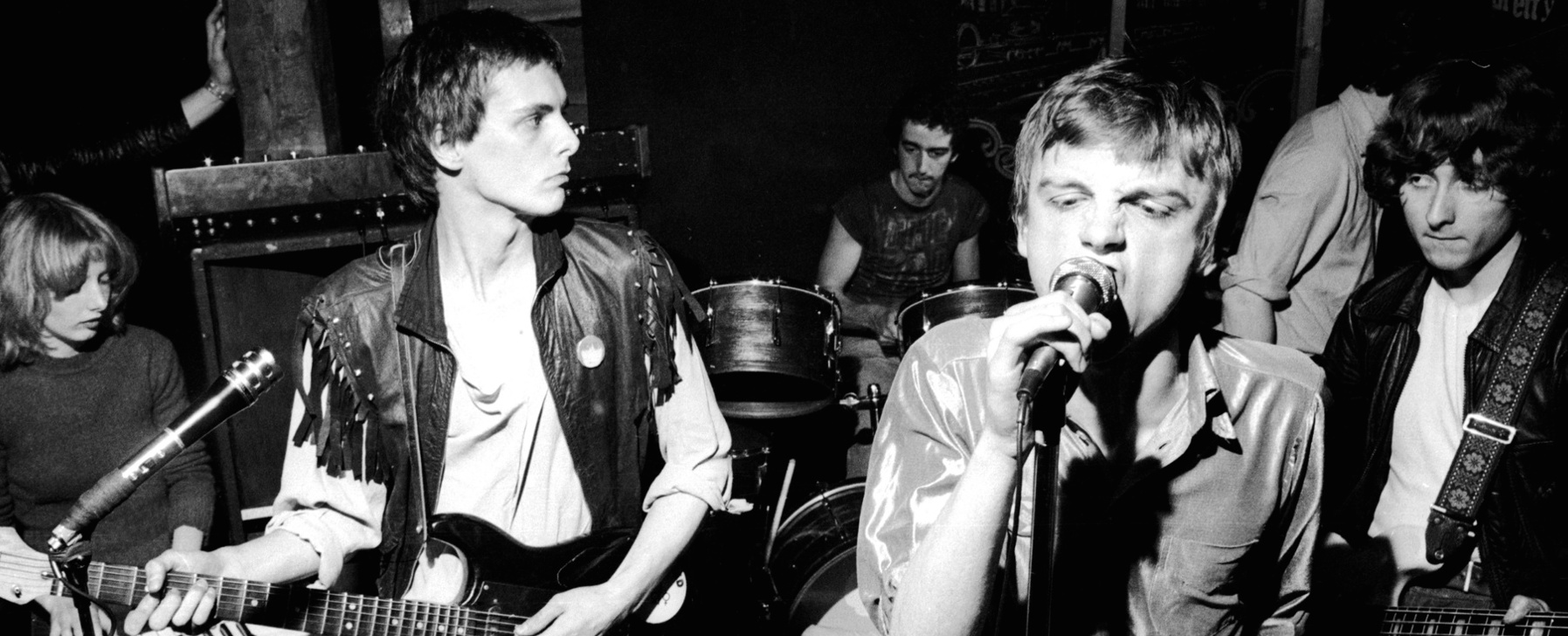
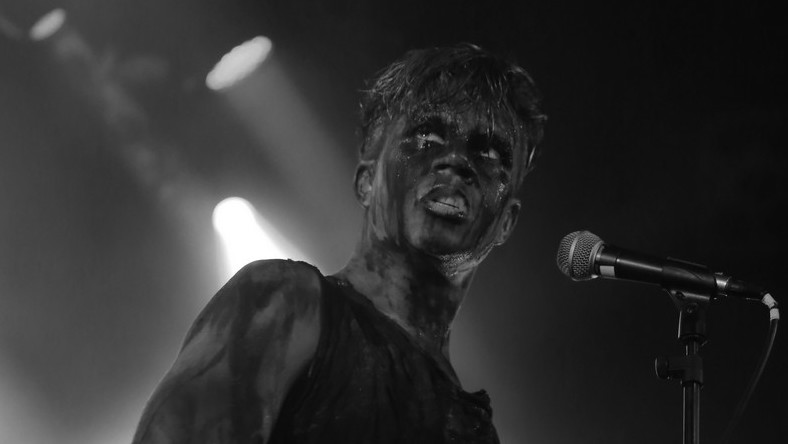
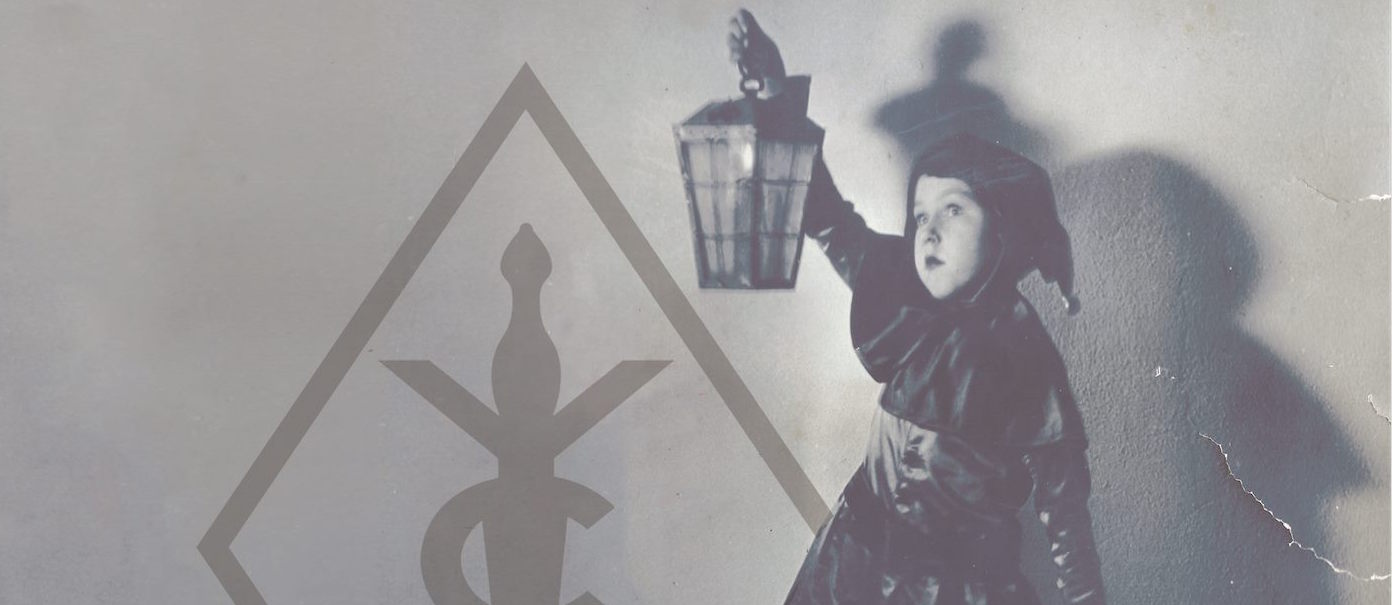



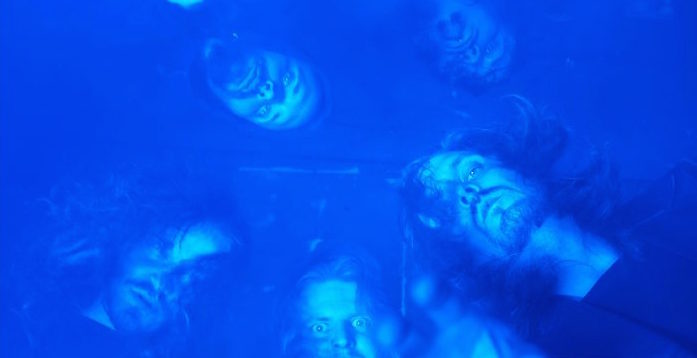
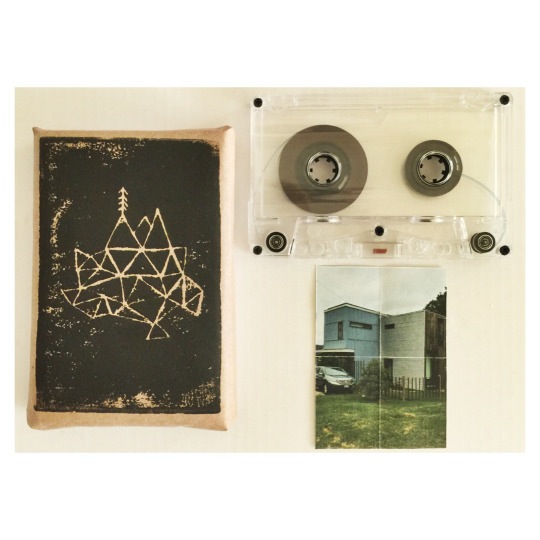
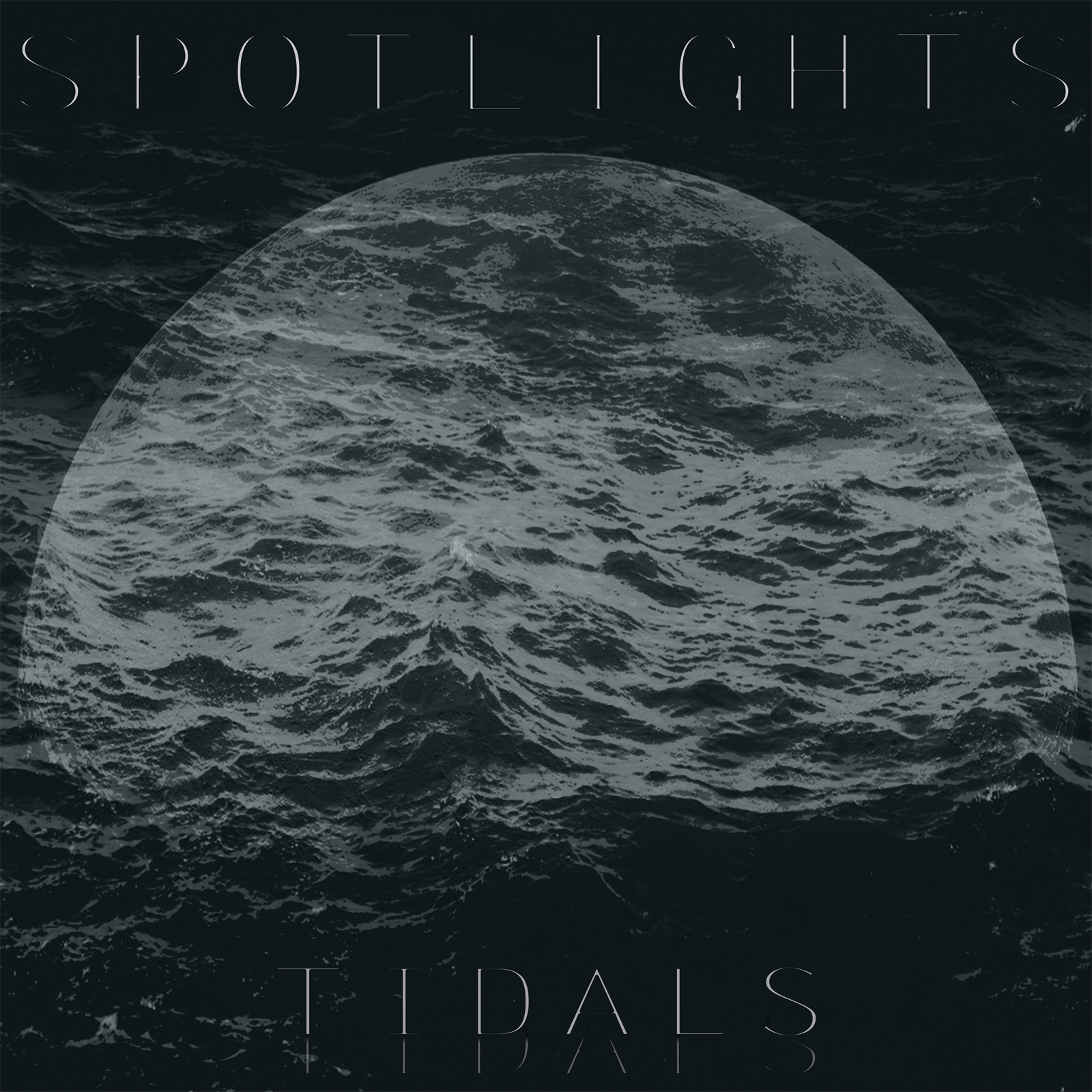
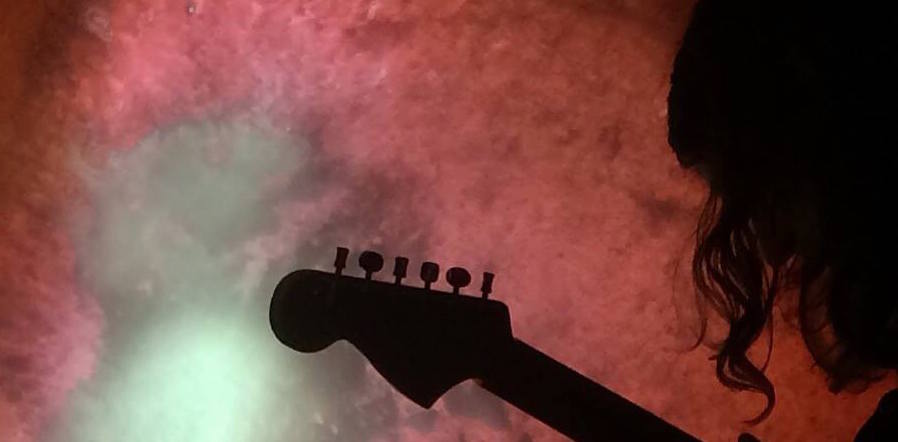

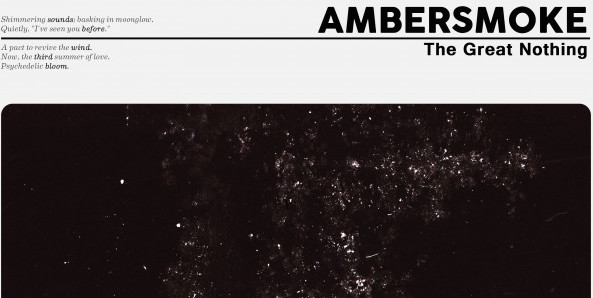
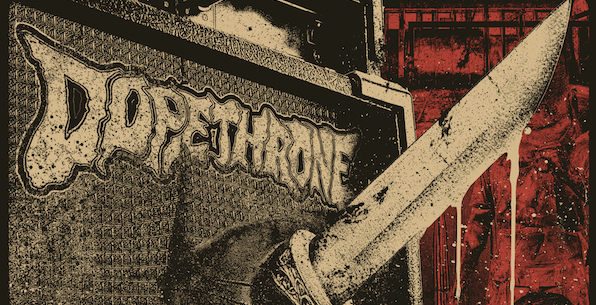


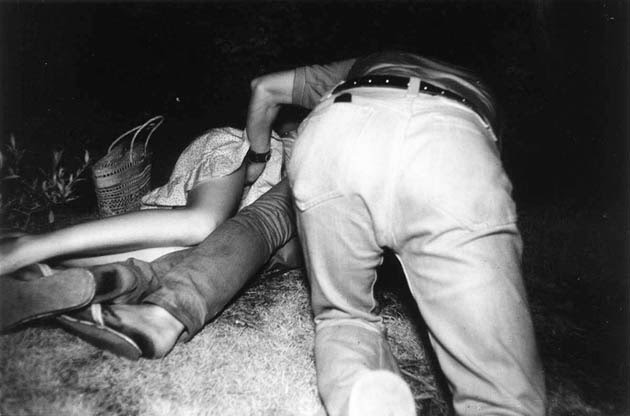
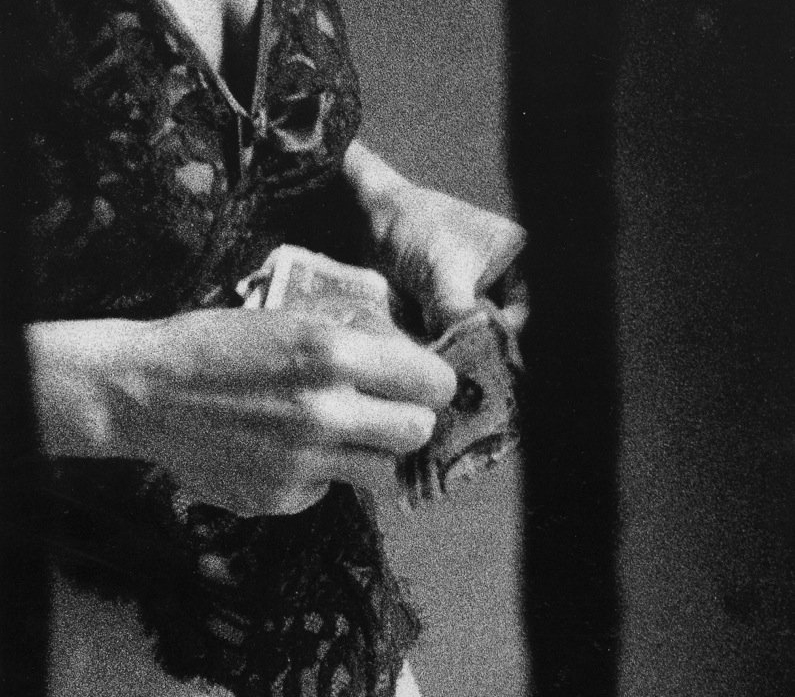
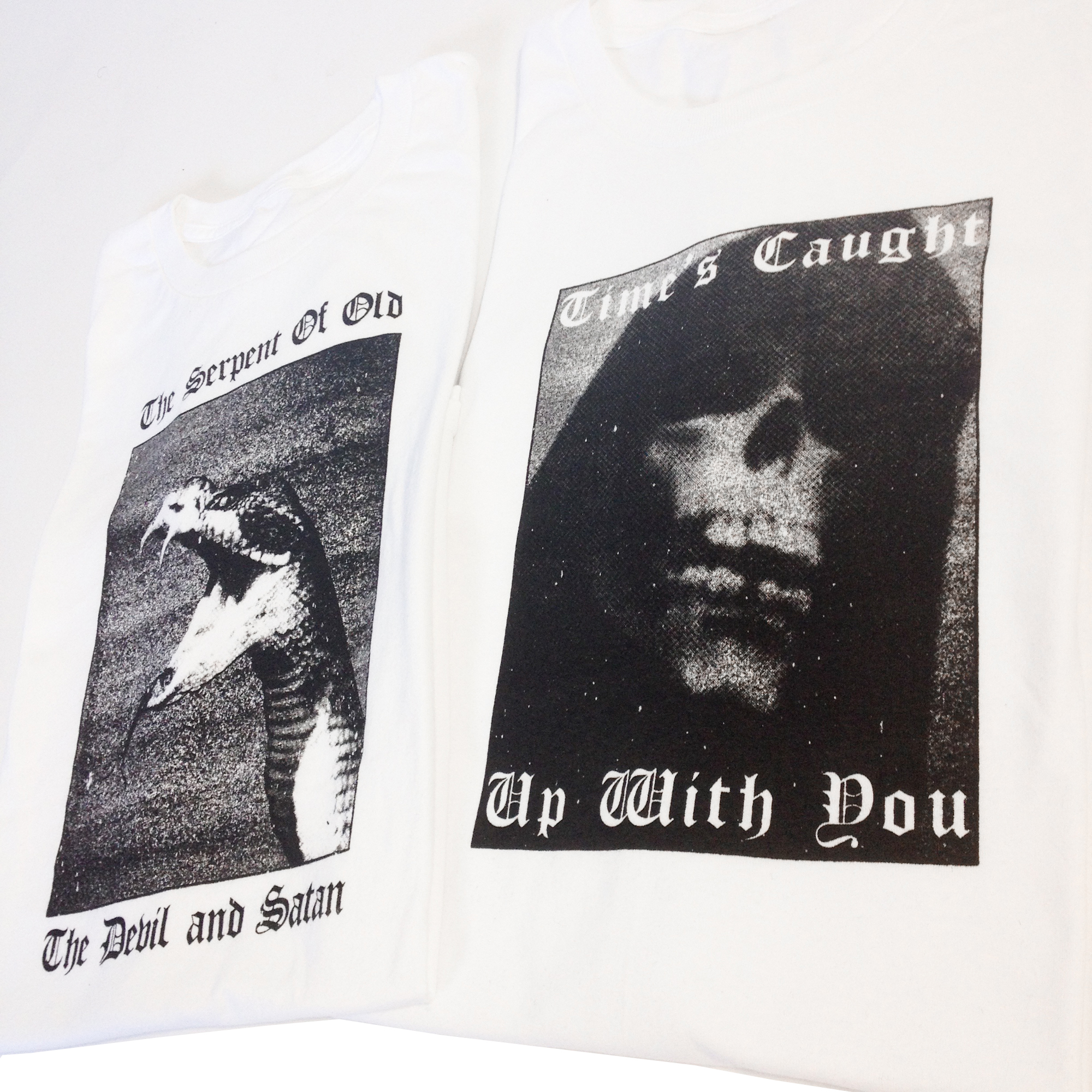
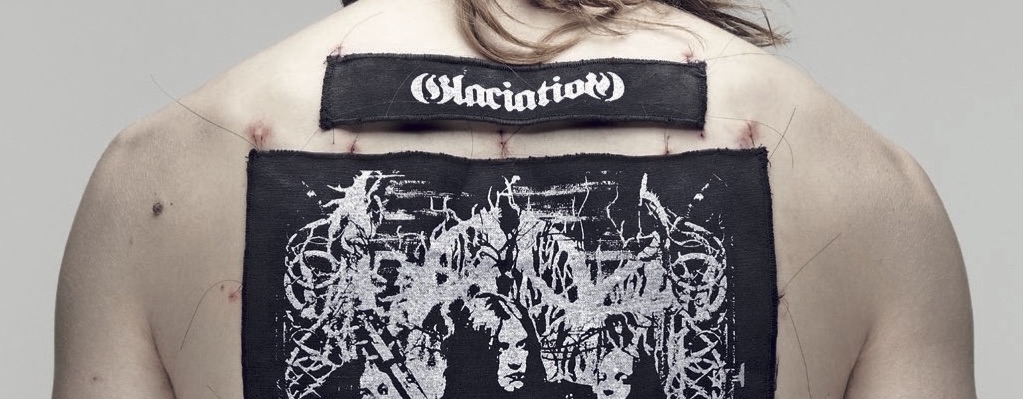

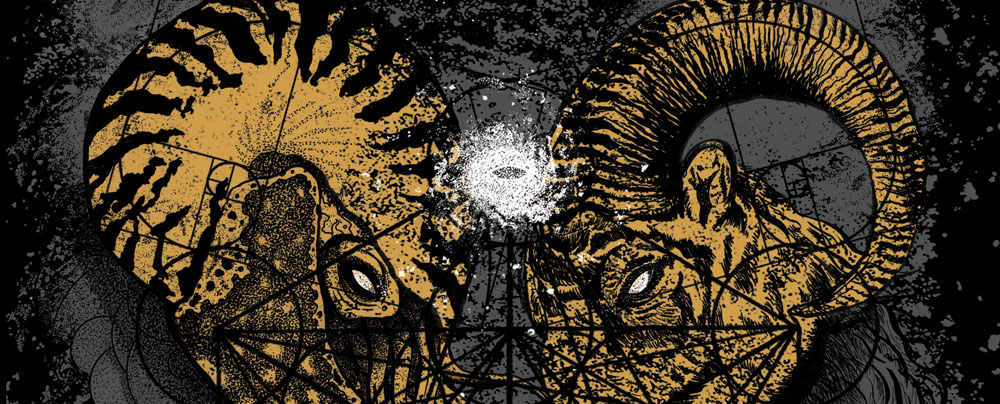

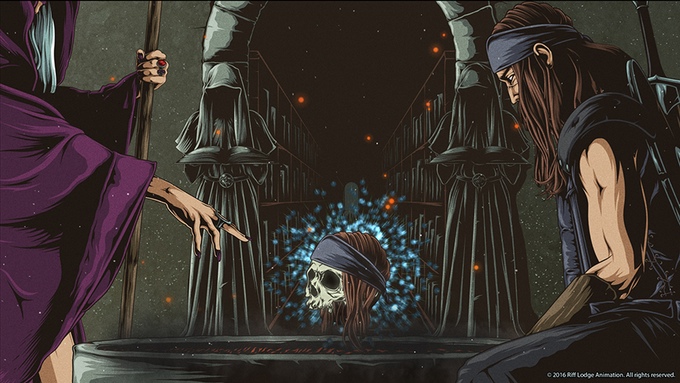
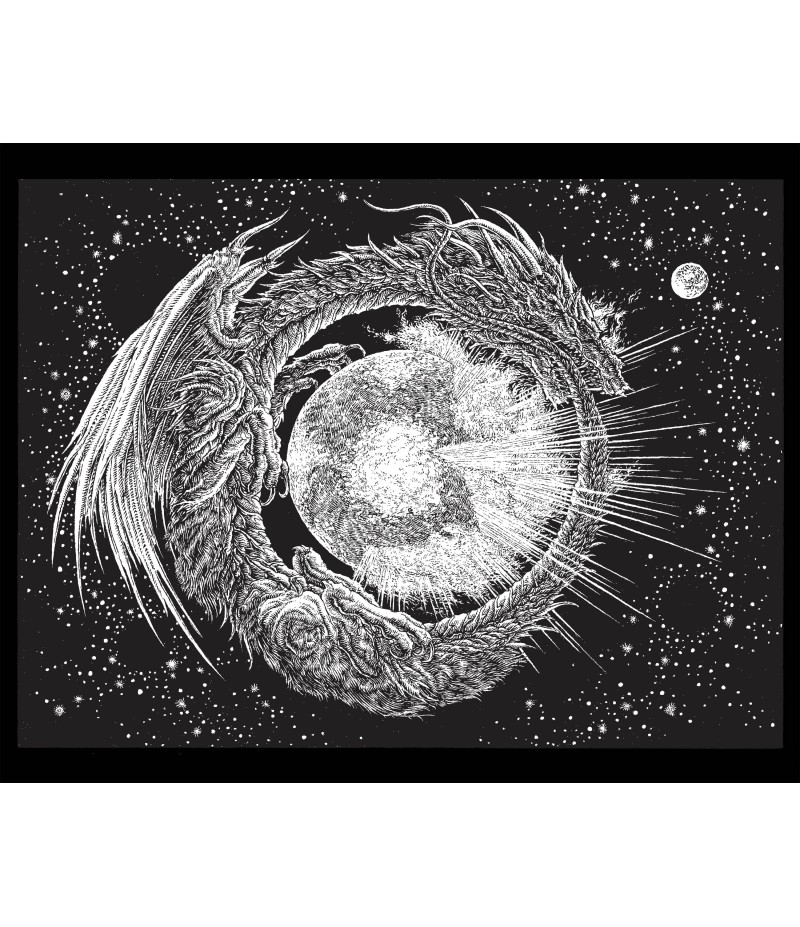

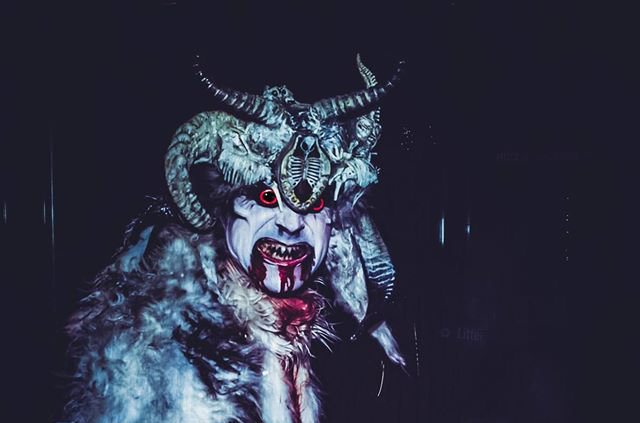
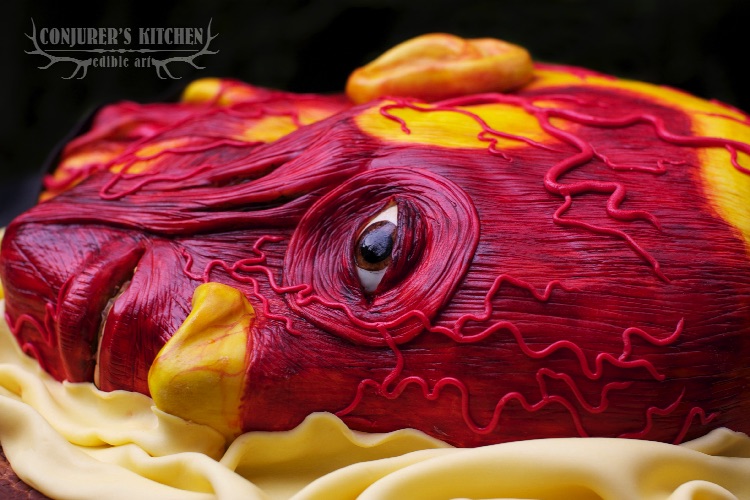
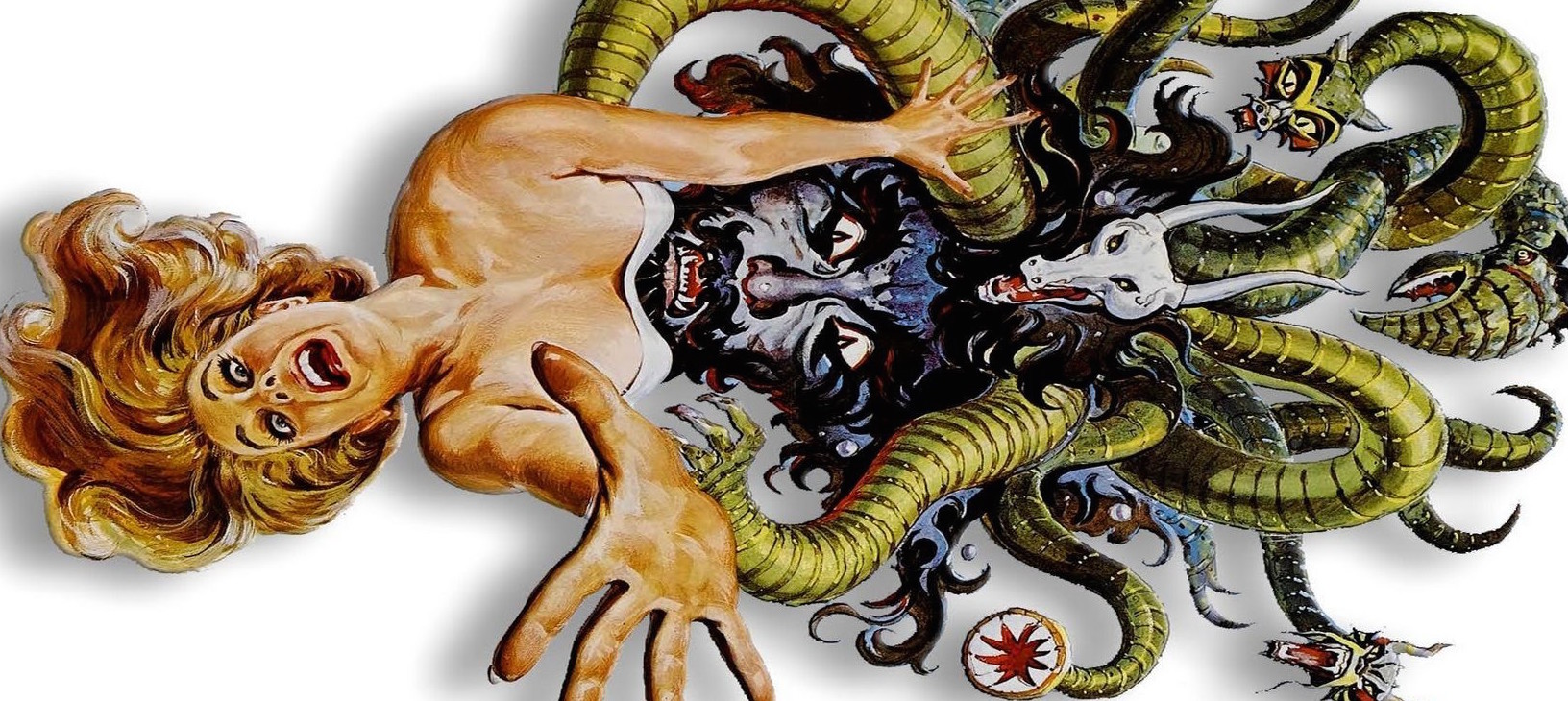

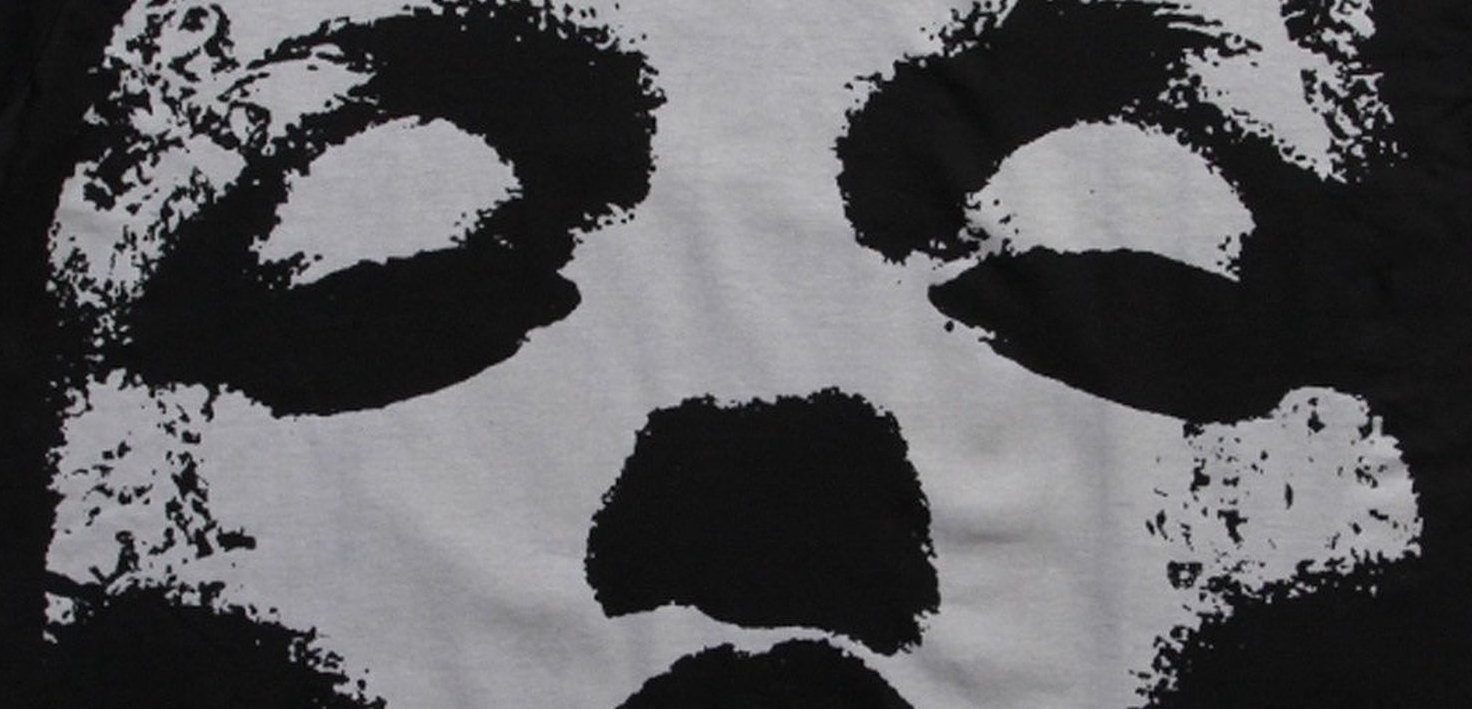
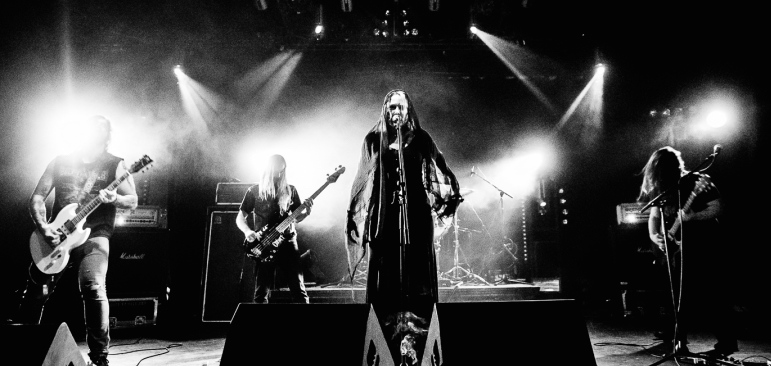
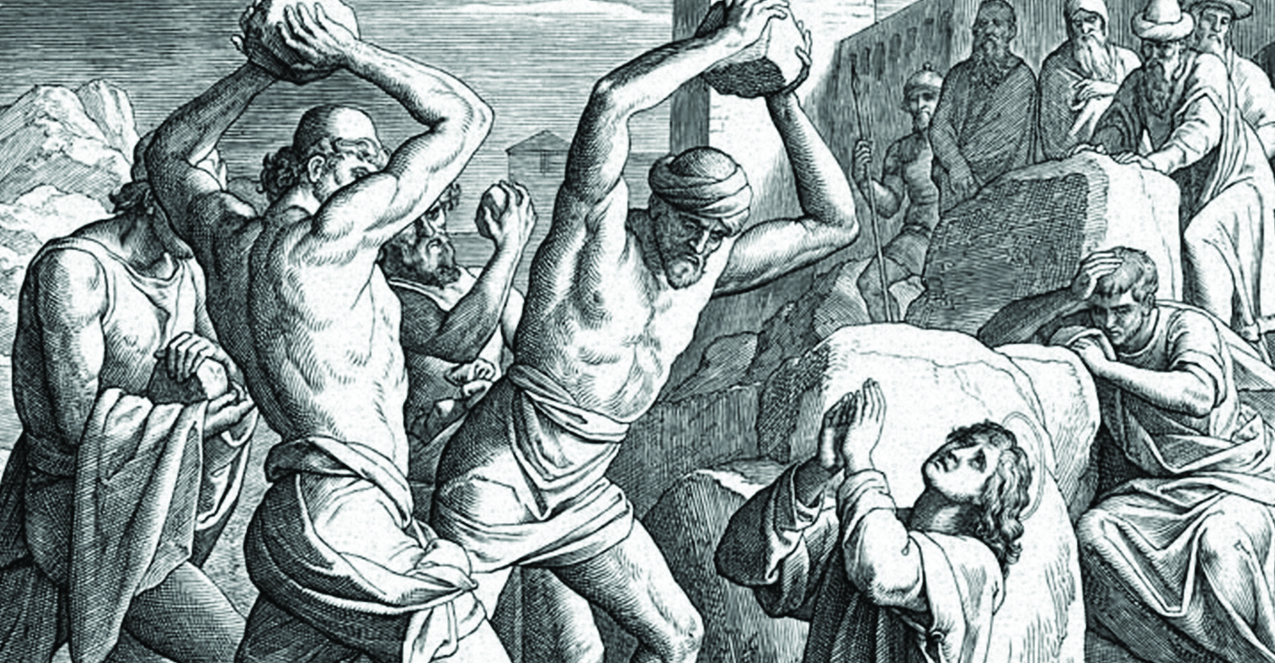
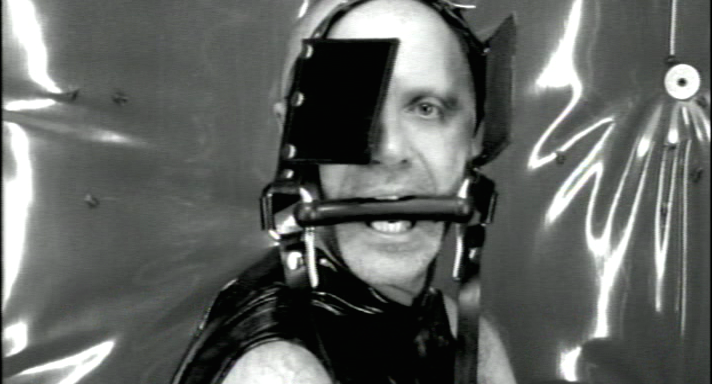

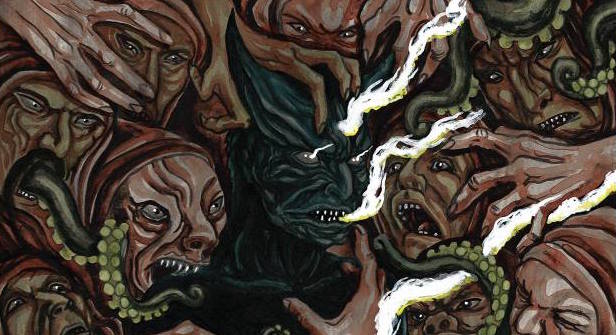

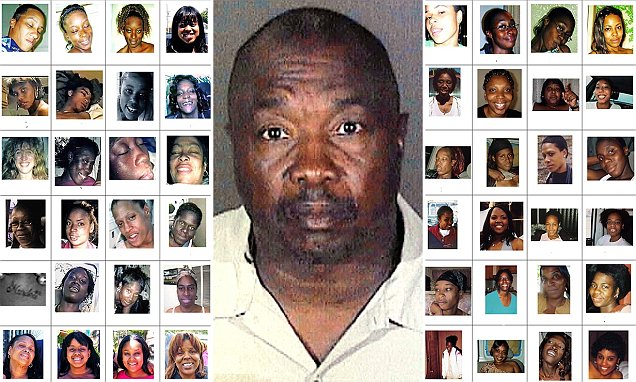
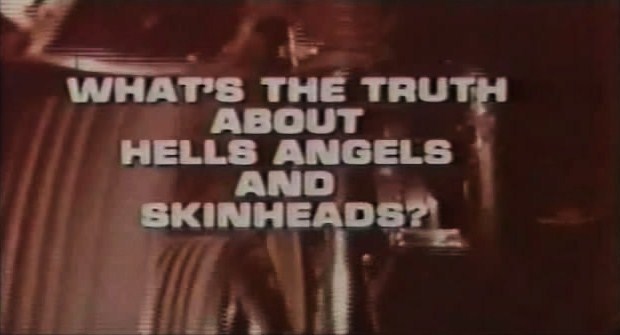


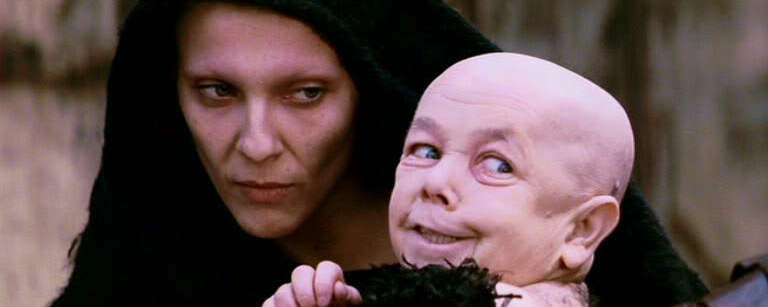






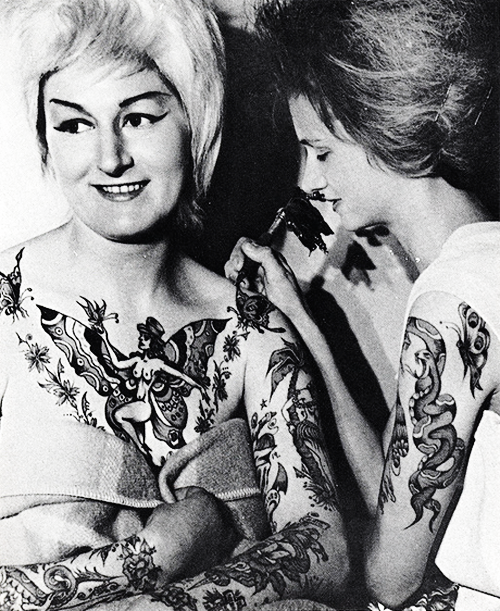

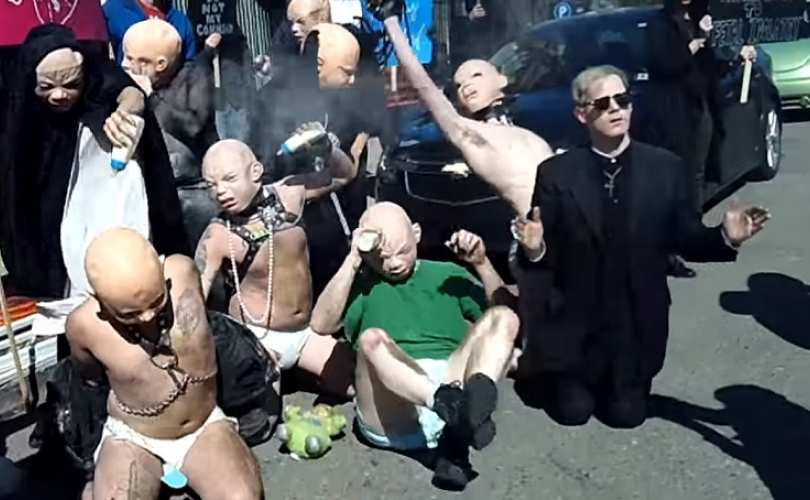






Josh from Raleigh
December 11, 2012 at 4:47 pm
You forgot Flux of Pink Indians, probably the best band other than Rudimentary Peni.